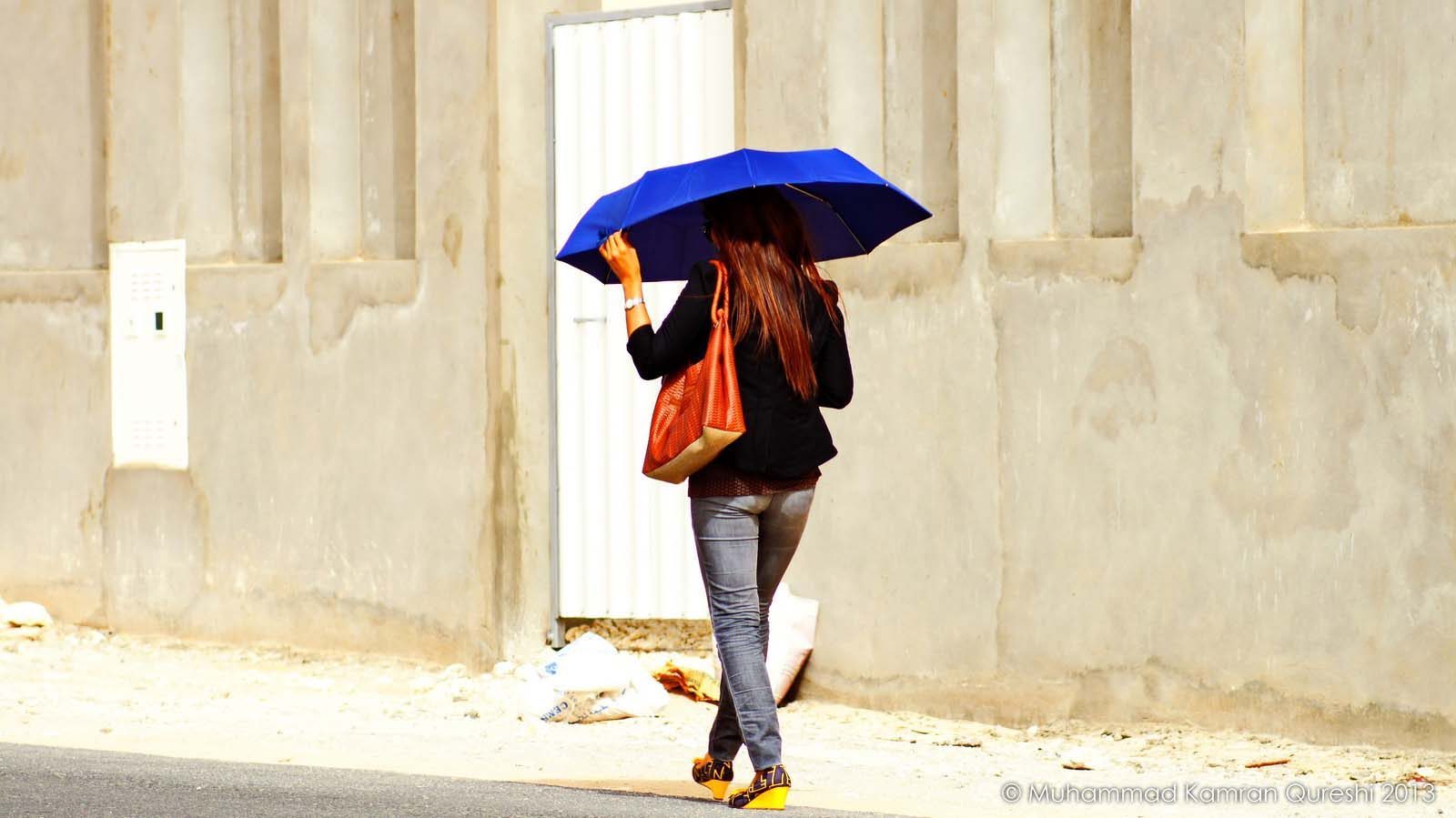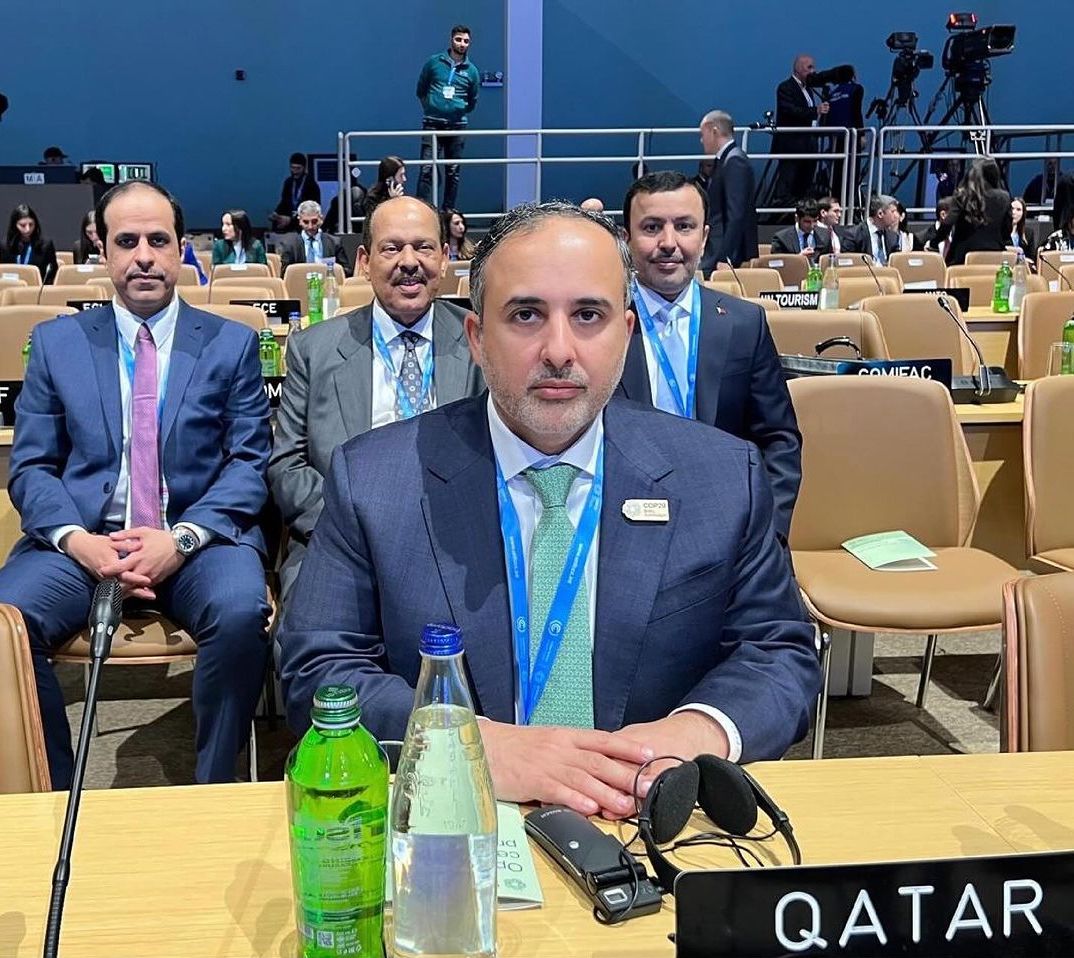
Though Doha is the most densely populated area of Qatar, it is also much cooler in temperature than areas outside of the city, according to new research that contradicts conventional thinking on how development affects climate in cities.
In North America and Europe, dense built-up areas trap heat and make city centers warmer than the surrounding suburban areas.

But in Qatar, trees and tall buildings appear to be having the opposite effect, according to Hosni Ghedira of the Abu Dhabi-based Masdar Institute.
Ghedira started analyzing thermal patterns in Doha in late 2012, using historic satellite imagery as part of his research into what’s known as the urban heat island effect.
He found that central areas in Doha are, on average, five to six degrees Celsius cooler than areas outside the city. A decade ago, when Qatar’s capital was far less developed, Ghedira said the city was only one to two degrees cooler.
“The central part of the city would be expected to have higher temperatures,” he told Doha News. “However, in desert environments this phenomenon is frequently inverted.”
This is because urban areas in the Gulf tend to have more vegetation – namely grass and trees – than the bare, sandy ground outside the city.

Plants produce shade and reduce the amount of solar radiation hitting man-made surfaces. Vegetation also cools the surrounding air by releasing moisture through a process known as evapotranspiration.
Additionally, high-rise buildings produce shade that lowers the temperature on the ground below, as well as creating “canyons” in dense built-up areas that channel winds and cool the area.
Ghedira says the findings could have considerable implications for municipal planners, who could strategically place trees and shrubs to reduce temperatures in certain areas of a city.
This is particularly pertinent if the steady rise in temperatures in Qatar over the last century continues in the coming decades.
Ghedira’s local observations are largely consistent with his findings in Abu Dhabi and Dubai, although the effect in the UAE’s most populous city is much more pronounced.
The temperature in central Dubai is up to 10 degrees cooler during the summer than in the surrounding area. Ghedira said the difference between Dubai and Doha could likely be attributed to the greater number of parks in the UAE city, as well as its advanced stages of development.
By contrast, the abundance of construction throughout Doha means there is comparatively less vegetation and much more exposed concrete.
Ghedira is looking to conduct more studies in Doha to complement his satellite data prior to publishing his findings.
Hotter or colder?
Ghedira’s observations are different than those reached by previous researchers.
Several years ago, analysts from Qatar Aeronautical College and Qatar Petroleum released a study that examined Doha’s temperatures in 2001-02.

It found that temperatures in central Doha – specifically the area around the souqs, Sheraton Doha Hotel and Toyota Roundabout (now Toyota signal) – were warmer than the outlying areas of the city.
The difference was greater in the summer, when these central areas were up to 3.5 degrees Celsius hotter than the outskirts. It dropped to approximately 1.5 degrees Celsius in the winter.
The authors of that report attributed the urban heat island effect to heat exhaust emitted by vehicles and air conditioners, as well as heat that is “trapped” by buildings during the day and then released at night.
Climate change
Historic data suggests Qatar – like the rest of the world – is slowly heating up.
Citing data from the UK-based University of East Anglia, the World Health Organization has said the average monthly temperature in Qatar in January between 1900 and 1930 was 16C (61F). But that has steadily ticked up over the decades, climbing to 17.1C (63F) between 1990 and 2009.
Similarly, the average temperature in July between 1900 and 1930 was 34C (93F). That increased to 36.6C (98F) from 1990-2009.
Speaking to Doha News earlier this year, a UN scientist said climate change could have serious health implications for Qatar residents due to the increased risk of heat-related mortality (and) increased risk of drought-related water and food shortage causing malnutrition.
Thoughts?







